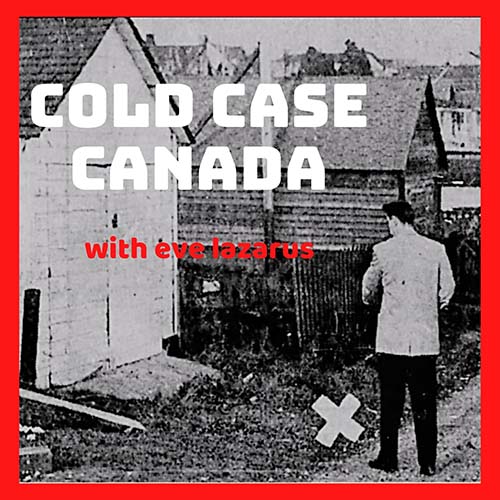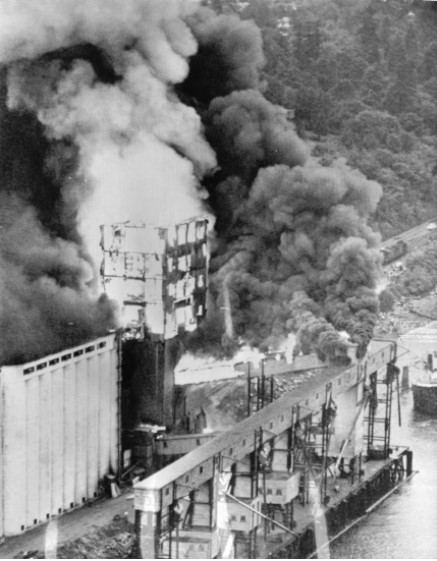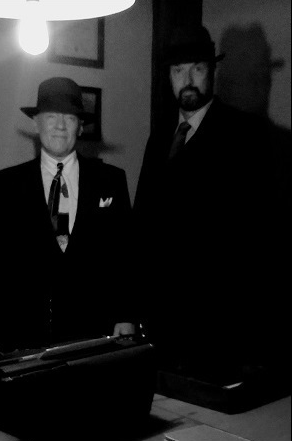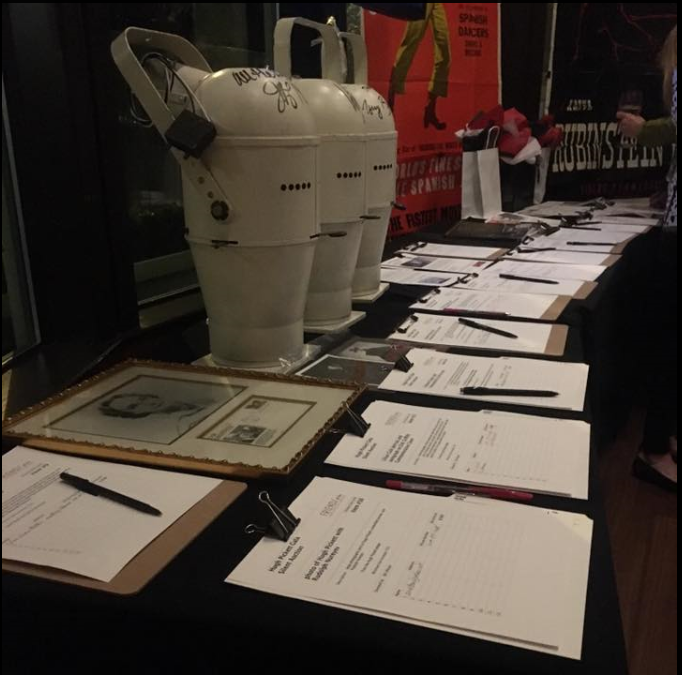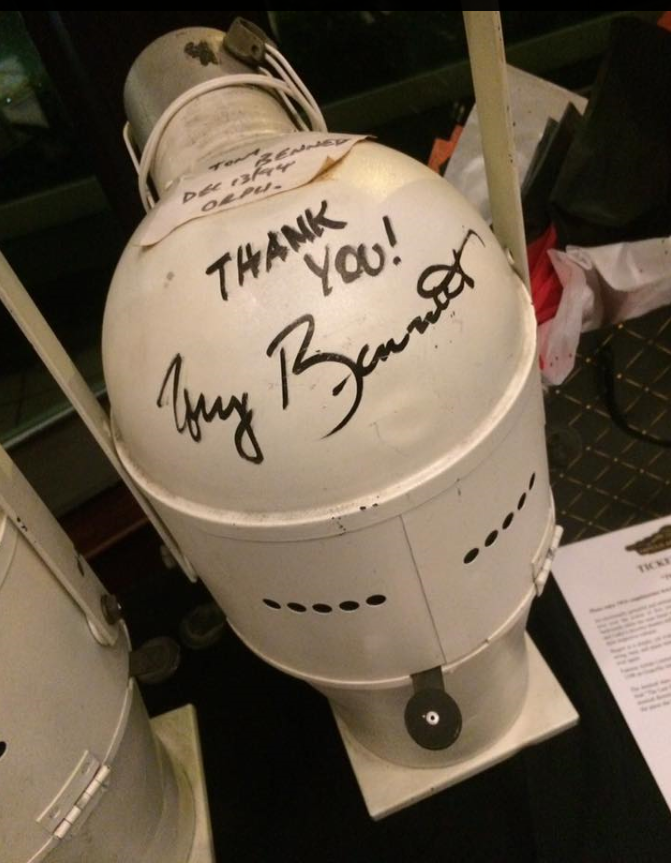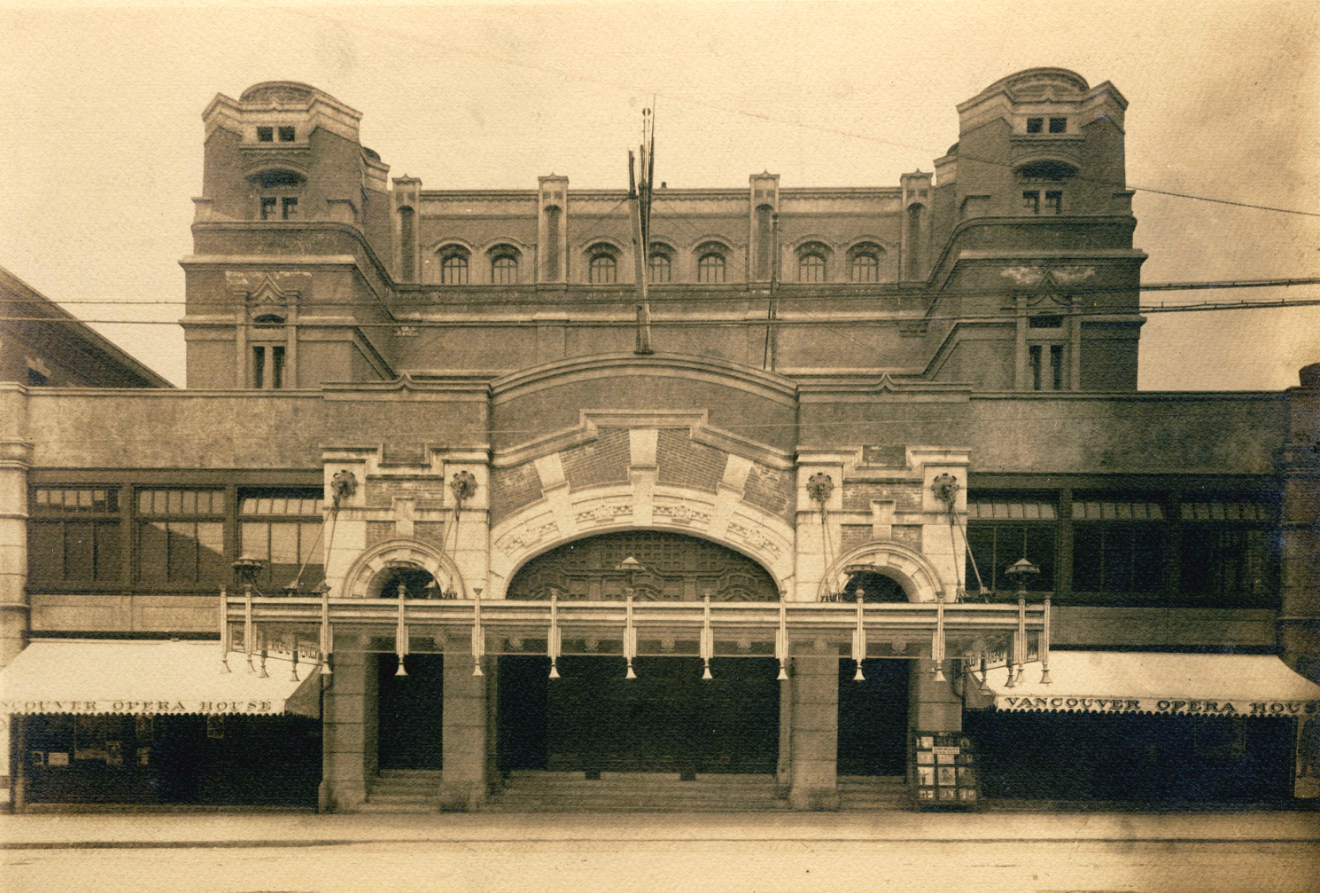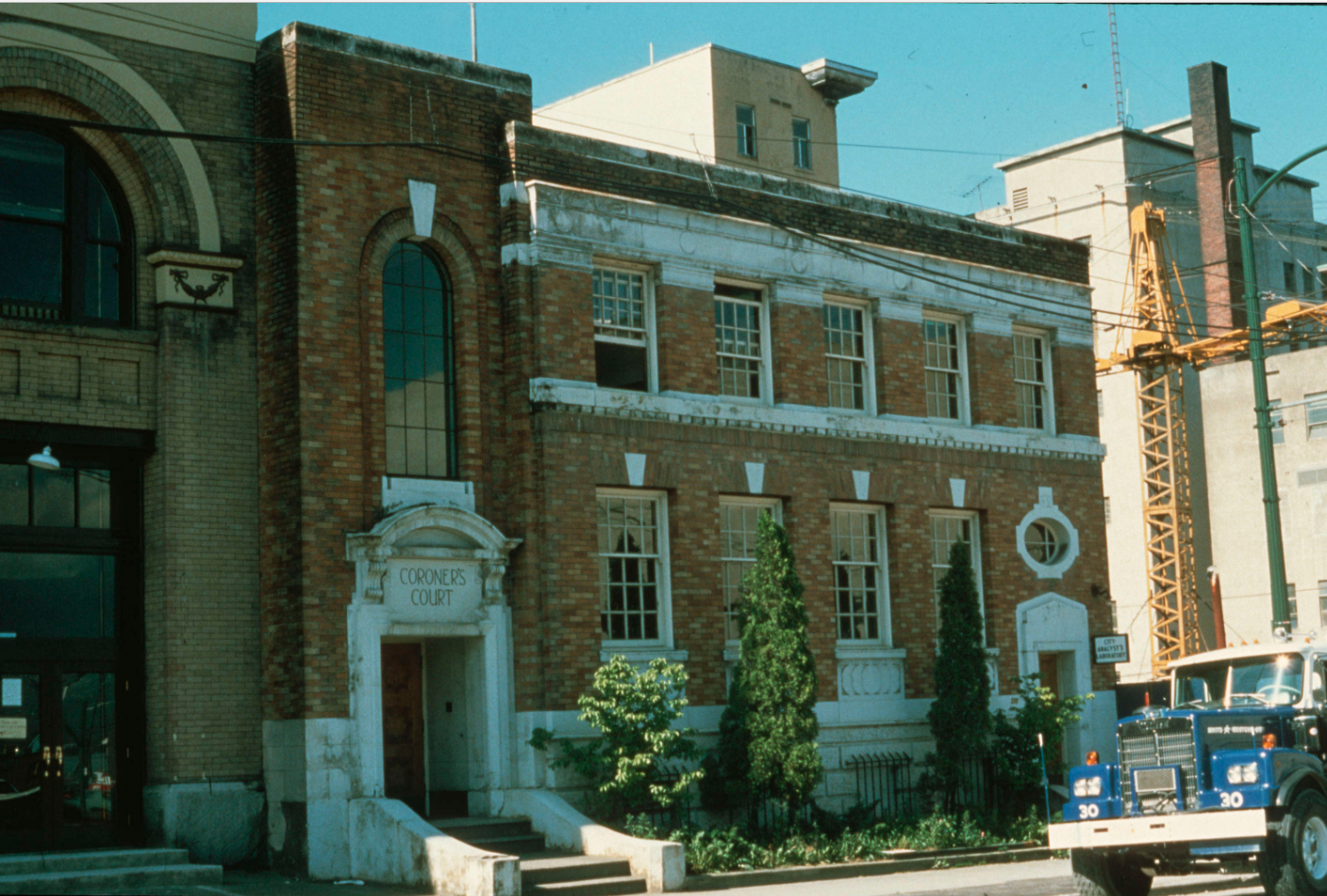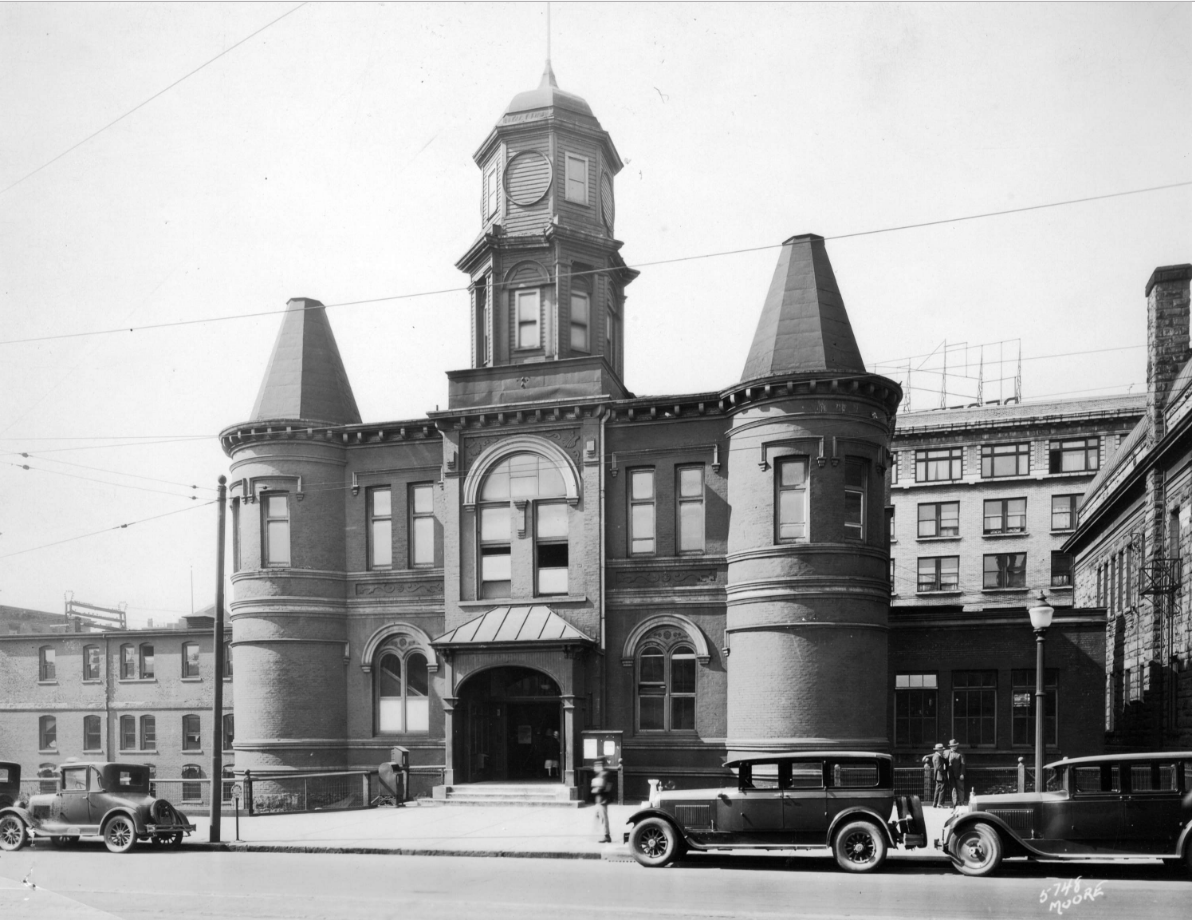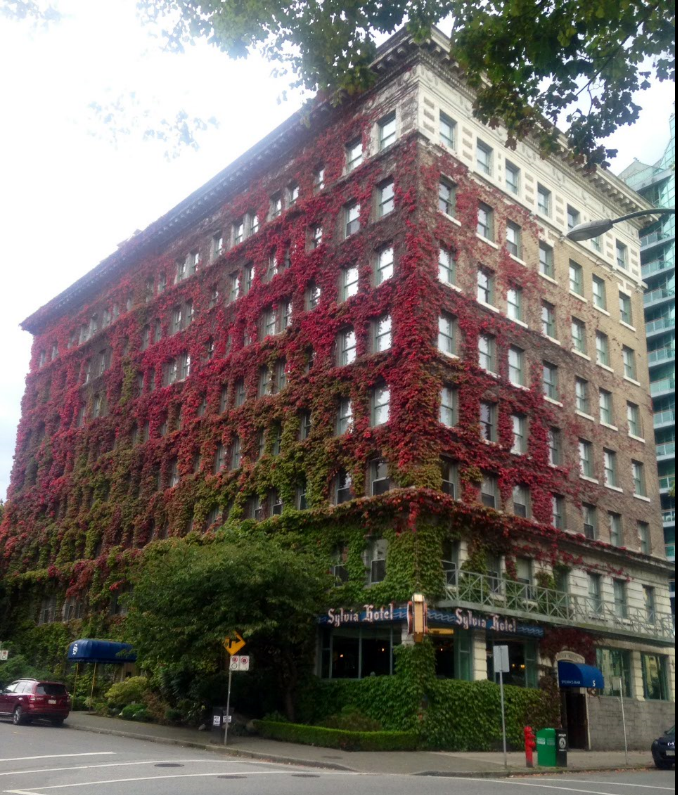Halloween is my favourite unofficial holiday of the year, so it was especially rewarding to end Season 2 of Cold Case Canada with a Halloween Special. I reached out to five fabulous story tellers to tell me their favourite ghost stories—stories that take place in some of Metro Vancouver’s oldest neighbourhoods.
Beneath Dark Waters: The Legacy of the Empress of Ireland Shipwreck by Eve Lazarus, coming April 2025. Preorder through Arsenal Pulp Press, or your favourite indie bookstore
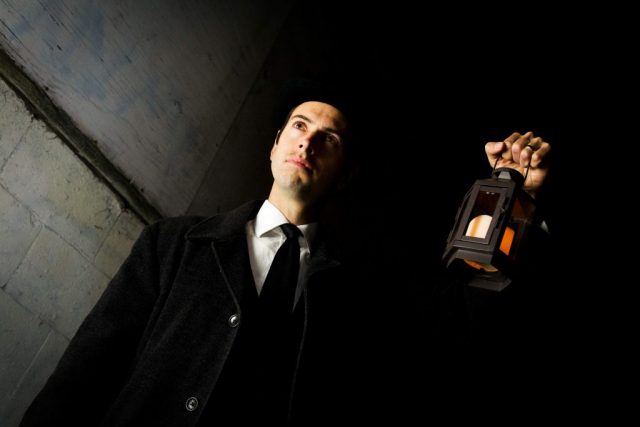
The Chinatown Ghost:
Will Woods, founder and chief storyteller at Forbidden Vancouver Walking Tours tells us about his encounter with the Chinatown ghost. He also tell us what to expect on the Lost Souls of Gastown Tour including the unsolved murder of John Bray.
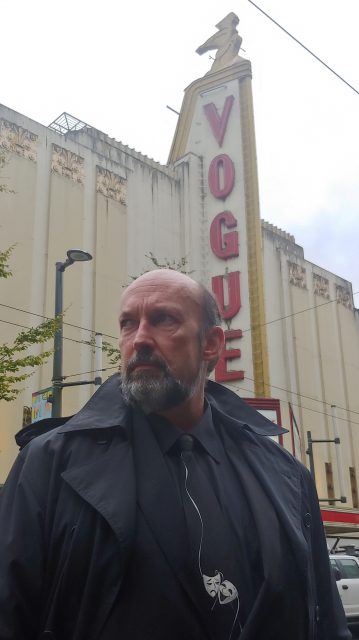
East Georgia Street Murder:
Bill Allman is president of the BC Entertainment Hall of Fame, owner of Famous Artist Limited and a recovering Vancouver lawyer. He tells us about the ghost that haunted an East Georgia Street house after a violent shooting and murder of Vancouver police chief in 1917.
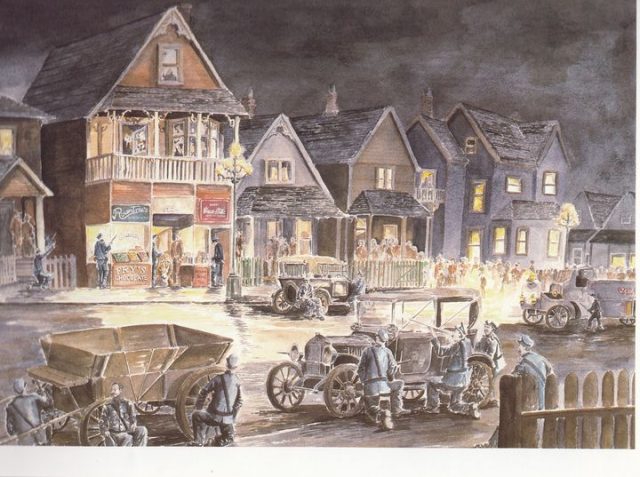
Haunted Piano:
Tom Carter is a Vancouver artist, historian and musician who shares his Vancouver loft with a haunted piano.
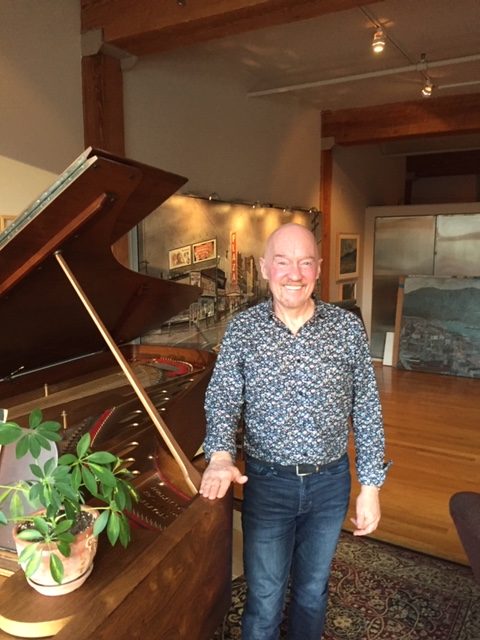
Chinatown Nightclub:
When Tom was researching the Mandarin Garden (1936-1952) for his gorgeous painting, he found that the Chinatown nightclub was once owned by Chan See Wong Fong. After he died on the premises, staff began experiencing strange things. They heard voices, taps turned on by themselves, electrical devices became unplugged and there was a disembodied hand.
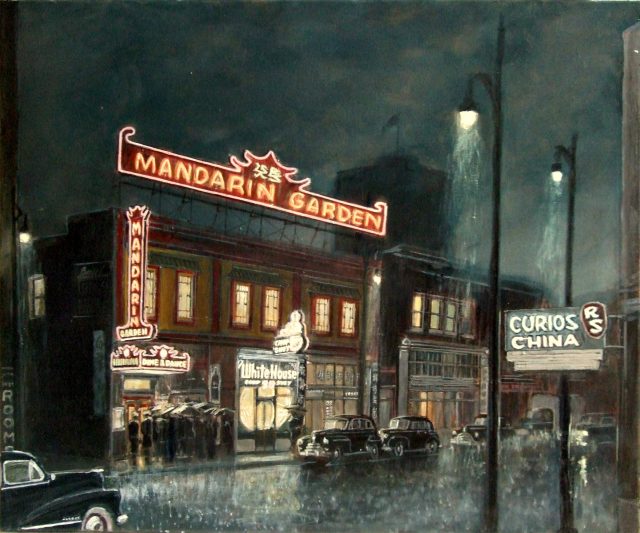
Fort Langley Cemetery:
Aman Johal is a heritage interpreter at Fort Langley National Historic Site and he’s a storyteller for Forbidden Vancouver Walking Tours. You can catch Aman live guiding the Grave Tale Walking tour between October 15 and November 7 and visit William Henry Emptage’s and his wife Louisa’s gravesites.
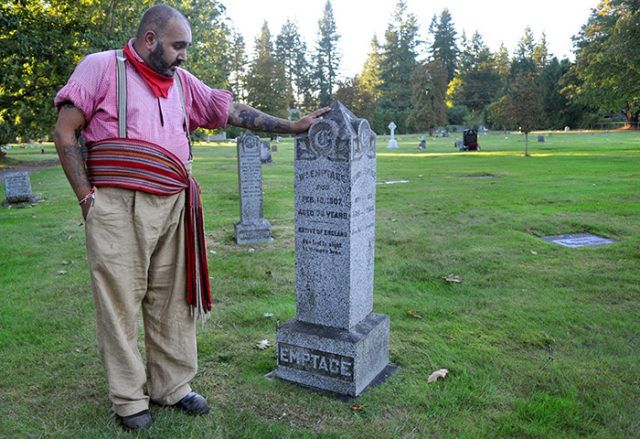
Riverview Hospital for the criminally insane:
Greg Mansfield is the author of Ghosts of Vancouver, the website and book. He takes us to Riverview Hospital in Coquitlam, a now abandoned former asylum for the criminally insane.
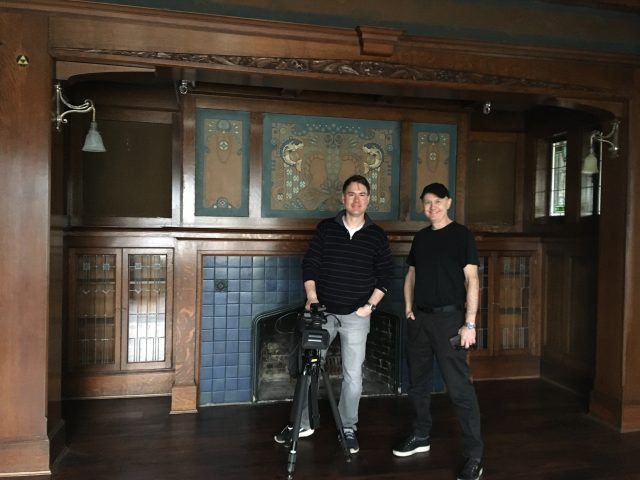
For more ghostly stories check out these podcast episodes:
S1 E9 Three Ghost Stories and a Murder
SHOW NOTES
Sponsored by Forbidden Vancouver Walking Tours.
Music: October 31st by Myuu darkpiano.com (shortened version)
Buy me a coffee promo: McBride Communications and Media
© All rights reserved. Unless otherwise indicated, all blog content copyright Eve Lazarus.
